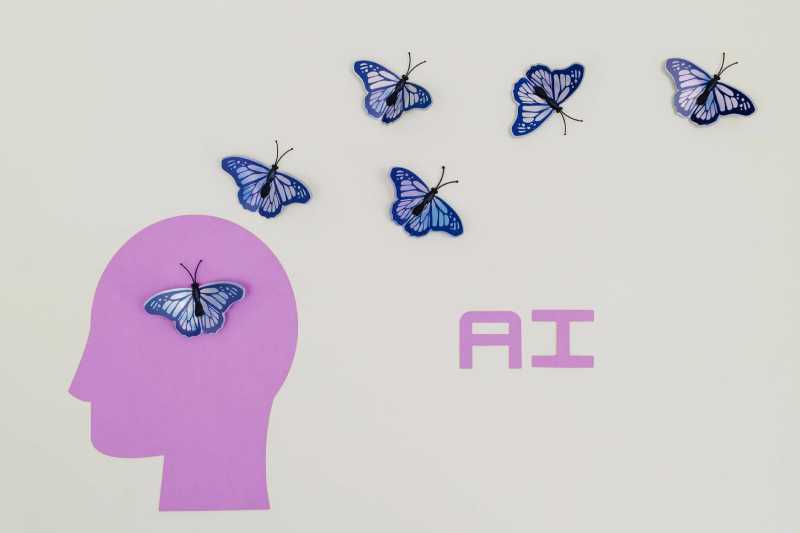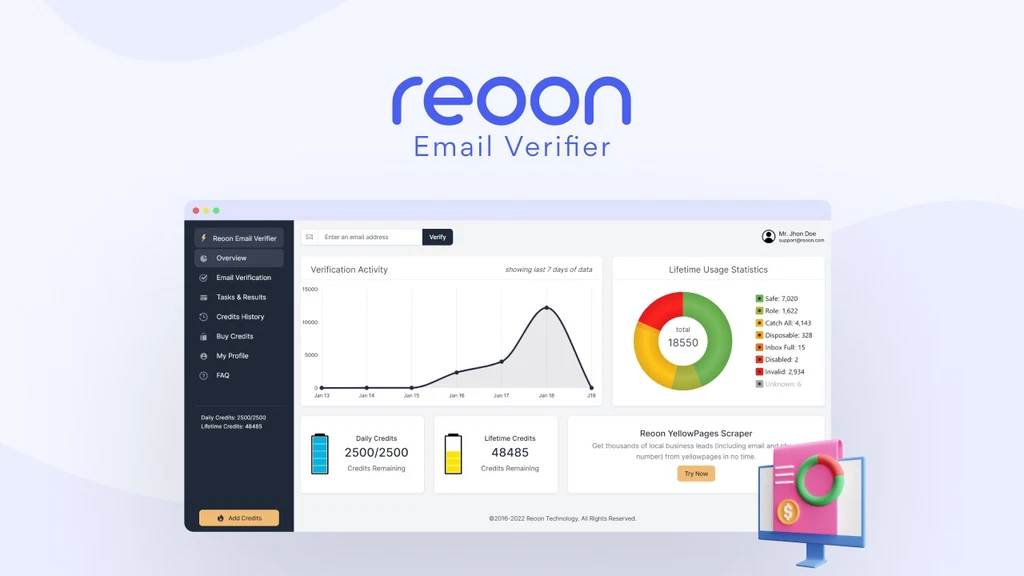What Is Sustainable IT? A Simple Overview
Technology is transforming the world as we know it at an incredible rate. Every day, we spend more time on devices like computers, smartphones, and game consoles. While these things have their benefits, they also have a significant impact on the environment.
Most people don’t realize it, but the ICT (Information and Communications) sector accounts for around 2% of all global emissions.
That might not sound like a lot, but it’s actually about the same as the aviation industry’s carbon footprint. The best way to fight back against the impact of IT on our planet is to find a method of operating more sustainably.
Sustainable IT is a concept which involves adjusting the way we purchase, use, and dispose of technology, with a focus on protecting the environment.
Let’s take a closer look at the idea of sustainable IT.
Defining Sustainable IT in 2023
Sustainable IT, sometimes called Eco IT or Green IT, is a broad blanket term used to describe the strategies companies use to leverage technology more efficiently. The concept covers everything from the way technology is manufactured to how we manage and dispose of common tools.
Some of the most important considerations of sustainable IT are:
- Sustainable IT manufacturing: To be sustainable from an IT perspective, companies need to consider the way technology is produced. Tech systems can be created using recycled materials and methods which reduce their impact on the environment.
Gradually, more regulations are being implemented throughout the world to push manufacturers towards a more sustainable strategy for growth. - Sustainable use and management of IT: The sustainable use and management of IT encompasses how companies leverage their IT assets. For instance, companies can purchase more energy-efficient desktops and servers.
You can also run your business with remote employees to reduce the amount of energy you need to operate each day. - Sustainable disposal in IT: One of the biggest factors influencing a lack of IT sustainability is companies not knowing how to dispose of machines correctly.
Placing technology in landfills can lead to the leakage of toxic materials and chemicals. Additionally, because these devices don’t break down naturally they take up a significant amount of space.
Are Companies Practicing Sustainable IT?
The purpose behind sustainable IT is to protect the planet as we continue to digitally transform.
The concept of sustainable IT has grown increasingly important in recent years, as the COVID pandemic has strengthened our focus on digital technology.
Unfortunately, sustainable IT isn’t a priority for every business.
According to a Capgemini study, only around 43% of companies are aware of their organization’s IT impact. Around half of organizations have a sustainability strategy in place, but only 18% have a plan considered to be “comprehensive”.
Nearly half of all companies also say they lack the tools required to adopt and deploy the right solutions for sustainability. Currently, Stanford believes the average business could scale back the energy required to power individual workstations by around 74%.
How Can Companies Implement Sustainable IT?
There are various methods companies can use to make their IT practices more sustainable and eco-friendly. Many of the activities recommended by specialists are extremely straightforward and don’t require any additional investment from teams.
For instance:
- Everyday sustainability activities: Having computers sleep when they’re not in use reduces the amount of energy they use. You can also use smart power strips to cut down on unnecessary energy usage, share printers with other members of staff, and switch devices off when you’re done with them for the day.
- Remote work: Remote working is an excellent way to make businesses more sustainable, as it reduces the amount of energy required to power a building. Working from home also reduces the need for travel and fuel emissions.
- Data center changes: Relocating data centers to colder climates is a common suggestion made by those in sustainable IT. It can help keep the centers cool without relying heavily on other forms of energy.
- Donate and recycle: Recycling and donating old IT equipment, rather than throwing it into landfills, will significantly reduce your impact on the planet.
- Find the right partners: Work with eco-friendly partners and companies committed to operating in an environmentally sustainable way. This will reduce the impact your business has on the planet overall.
Creating Greener IT Practices
While the shift to a sustainable IT strategy might seem like a significant undertaking for some business owners, it’s often a lot simpler than it seems. Sustainability can be achieved more easily than most people realize, but it starts with implementing some new policies.
By taking simple steps on a daily basis, companies can significantly reduce the impact they have on the environment and even make their workplace more cost-effective.





